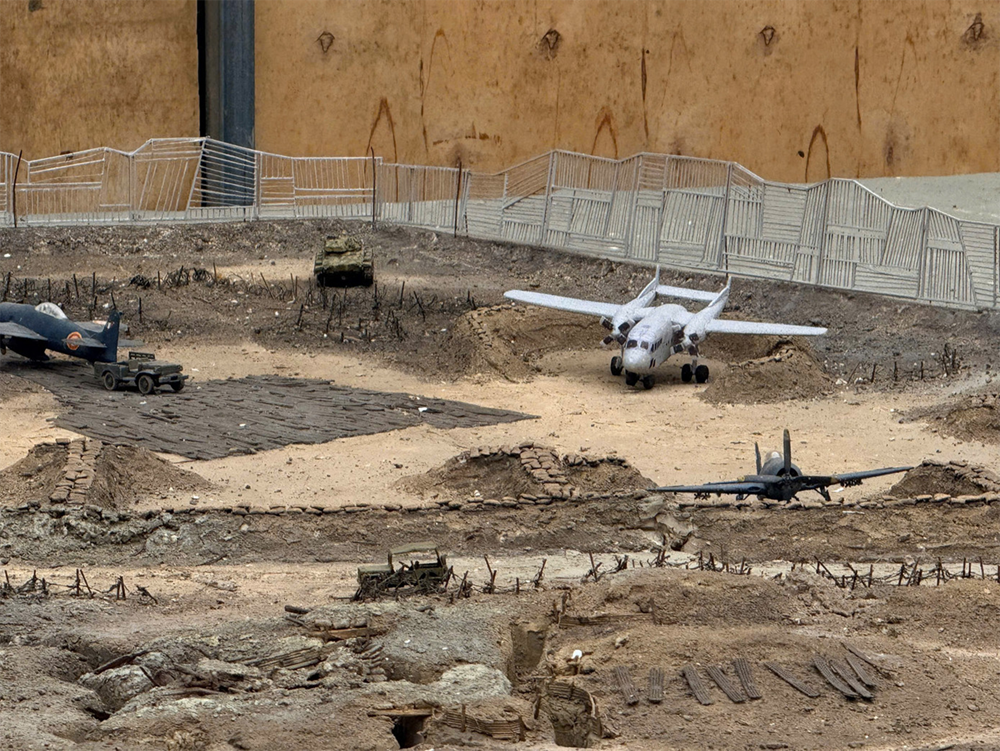
The project not only has historical and cultural value but also has profound traditional educational significance for present and future generations.
Large-scale and national-level projects
Vice Chairman of Dien Bien Provincial People's Committee Vu A Bang, Chairman of the project's Scientific Council, said that the Dien Bien Phu Base Group's Central Area is one of 46 component relic sites in Dien Bien Phu.
With the purpose and desire to preserve and promote the historical value of the relic, this is also an important highlight to carry out the work of educating revolutionary traditions, an extremely important resource to exploit and develop sustainable cultural and historical values for local economic and social development, thereby concretizing the contents of Resolution 08-NQ/TW in 2017 of the Party Central Committee on developing tourism into a spearhead economic sector; Resolution 03-NQ/TU of Dien Bien province on developing provincial tourism to 2025 and orientation to 2030.
According to Mr. Vu A Bang, the consulting unit is the Cultural Heritage Conservation Company Limited, together with many leading experts, who have studied historical documents and scientific materials, compared them with historical witnesses, and carefully researched issues related to the entire history of Dien Bien Phu, from which they have prepared a project feasibility study report.
“This is a project of extremely important and meaningful cultural and historical value, especially in the current period. The project has humanistic and cultural values and especially objectively reflects the historical and traditional values of our nation in the cause of fighting to protect and build the country. This especially important and meaningful project is not only for Dien Bien but for the whole country, built, managed, exploited and promoted by Dien Bien province for the great cultural and historical value of the project, demonstrating responsibility towards the previous generations and towards the nation”, Mr. Vu A Bang emphasized.
In the world military history, the form of defense of the stronghold group has been applied very early. Typically, in the First World War (1914-1918), the French army won against the German army at Verdun (December 1916) thanks to this tactic. Coming to Indochina, after 1950, before the rapid growth and development of the Vietnamese revolution, the French army was forced to find all kinds of military and political tricks, and especially the model of defense of the stronghold group to cope.
This model first appeared in Hoa Binh (1951), then in Na San (Son La, late 1952), but still only at the level of field fortifications. The biggest difference was that at Dien Bien Phu, the French army used all its strength to build a huge group of strongholds including 49 strongholds, divided into 8 interconnected groups of strongholds. This was considered the strongest defensive system in the history of the invasion of Indochina, and was compared by both French and American generals as "a Verdun in Asia", "Na San to the tenth power" or "an impregnable fortress". However, that group completely collapsed before the will and intelligence of the Vietnamese army and people in the Dien Bien Phu Campaign, creating a victory that "resounded throughout the five continents and shook the world".
According to Associate Professor Dr. Nguyen Manh Ha, former Director of the Institute of Party History, representative of the consulting unit, the consulting unit and leading experts have conducted research, compared with original documents, historical witnesses and especially the massive French photo archive with more than 2,000 aerial photos. Based on that, the group has built a model of the Center of the Group of Strongholds on an area of more than 9 hectares, from which to plan the restoration of important items.
According to Associate Professor Dr. Nguyen Manh Ha, there are nearly 20 important items that need to be restored, notably the De Castries command bunker and living area. In addition, the military medical area, logistics, artillery positions, and aircraft parking areas also have many documents and diagrams in French, facilitating the restoration. The research team has determined that there are currently 8 rooms in the De Castries bunker, while the original documents show that there were up to 12 rooms with full functions. This opens up a scientific basis for restoration to be true to history.
Associate Professor Dr. Nguyen Manh Ha believes that the restoration of all items of the Central Area of the Stronghold Group will contribute to honoring the glorious feat of the Vietnam People's Army. The exact reproduction of each item, even down to the details of each command bunker, will help explain why our army and people were able to defeat such a solid stronghold group. He affirmed, "The more detailed the restoration, the more we can prove the great feat of the nation."
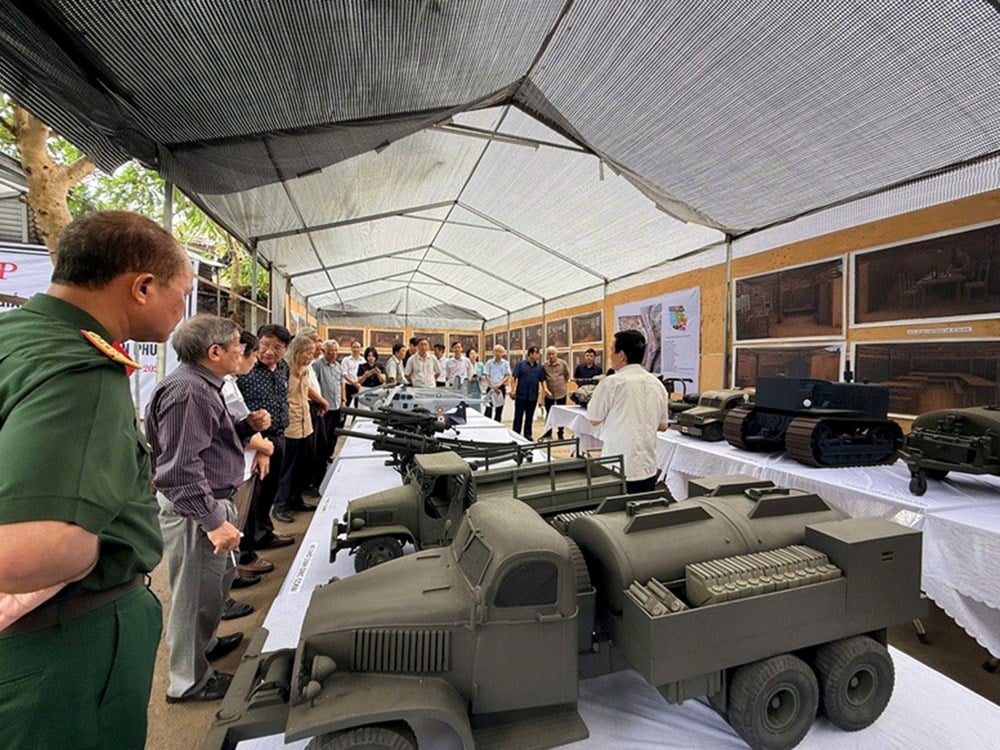
Responsibility to history, aspirations for the future
The project “Preservation and restoration of the Dien Bien Phu Citadel Complex’s Central Relics” has received the attention and intellectual contributions of many scientists, researchers, historical and cultural experts. These opinions all affirm the project’s special value and at the same time give specific recommendations for the project to achieve the highest efficiency.
Associate Professor, Dr. Do Van Tru, Chairman of the Vietnam Cultural Heritage Association, assessed that this is a project with a very large amount of work, difficult to implement, however, from the preparation, research to the implementation method is very serious, methodical, has a scientific basis, and is clearly convincing. He also said that in the current restoration of relics, this is one of the most serious and methodical projects on conservation and restoration of relics. Agreeing with the locations and functions of the items researched by the research team
presented, Associate Professor Dr. Do Van Tru affirmed: “After more than 70 years, many relics here no longer exist, so we have to rely on collected documents. Any item proposed by the consulting unit has arguments and proof with documents with scientific basis. As a person in the field of heritage, I affirm that this is the most serious and methodical project on the conservation of relics in Vietnam to date. The greatest victory of this project is that it has a massive basis of documents and scientific arguments,” said Associate Professor Dr. Do Van Tru.
According to him, in this project, the restoration of weapons and motor vehicles is also very important, and needs to be accurate to the historical period. In addition, the conservation and restoration project not only recreates the Dien Bien Phu Base Group Center, but also has the task of creating a tourist destination, thereby developing the local cultural industry. "The more accurate and complete the restoration is, the greater the tourist attraction. In particular, the De Castries bunker, a symbol of the collapse of the French Base Group, is considered a special "highlight". Not only stopping at historical value, the project also opens up prospects for developing new tourism products, contributing to making Dien Bien a cultural and historical destination of international stature", Associate Professor, Dr. Do Van Tru said.
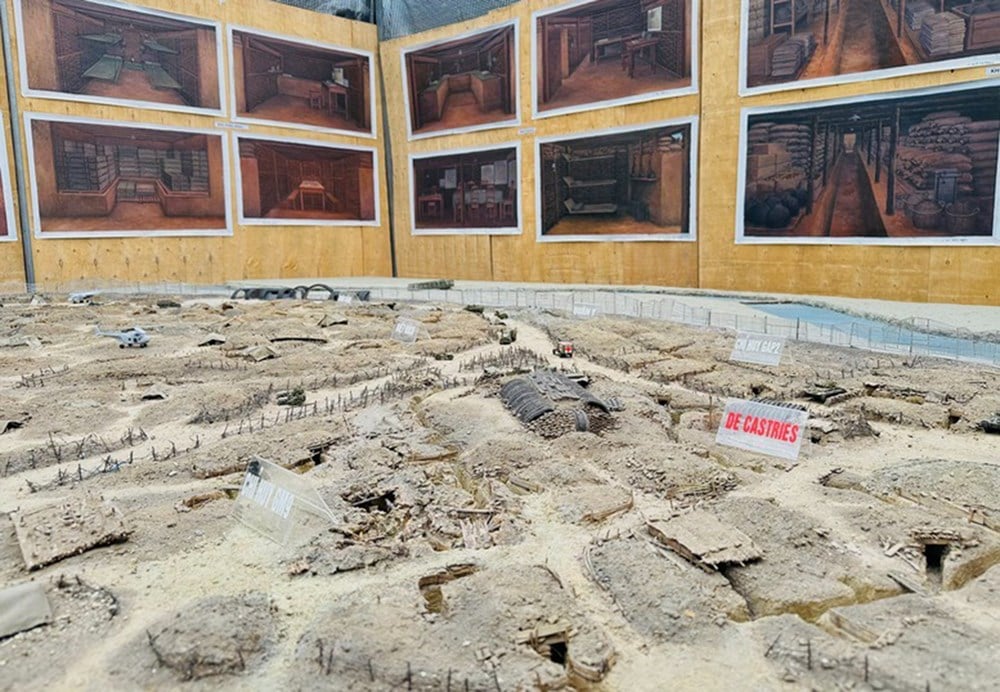
Sharing the same view, Associate Professor Dr. Dang Van Bai, Vice Chairman of the National Cultural Heritage Council, commented: The project "Preservation and restoration of the Dien Bien Phu Fortress Complex's Central Relics" is not only meaningful to Dien Bien but also has national significance. The project does not only stop at restoring important historical relics but must also be associated with tourism development. If implemented in the right direction, this will be a typical historical and cultural project, both honoring the Dien Bien Phu victory and becoming an attractive destination, contributing to the sustainable development of the local economy and society.
“It is necessary to develop a specific plan for developing tourism products and services, and at the same time apply digital technology to increase attractiveness. In particular, the relic must tell the story of the solidity of the stronghold group, thereby highlighting the historic victory of our nation,” Associate Professor Dr. Dang Van Bai shared.
Dr. Pham Quoc Quan, former Director of the National History Museum, highly appreciated the project's approach, based on both field documents and rich historical sources of Vietnam and France. He said: "This is a very difficult project, without dedication and professionalism, it cannot be implemented. If successful, it will not only promote the value of heritage but also spread the culture, history, and fighting tradition of the Vietnamese people to international friends." At the same time, he emphasized the need to simultaneously recreate the French Base Group Center and our Campaign Command Center to create a more comprehensive and truthful picture.
However, many other opinions also believe that the project to restore the French Base Group Center is not a simple matter because the current on-site relics are quite far from the documentary images from seven decades ago, if not to say many relics have been deformed; the relic protection area has been violated. If the situation on-site is like that, is it possible to restore the original state as left by history?
Source: https://baovanhoa.vn/van-hoa/se-phuc-dung-phao-dai-bat-kha-xam-pham-172035.html








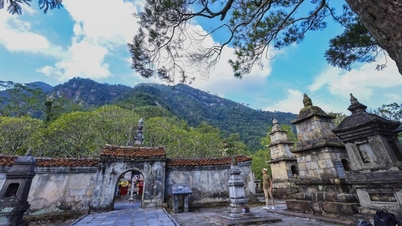




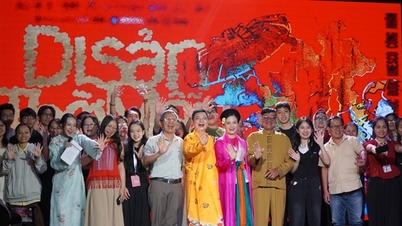

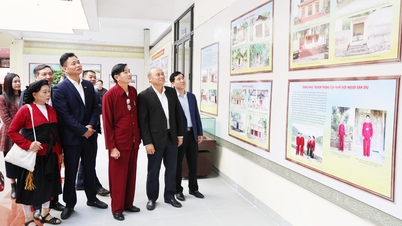

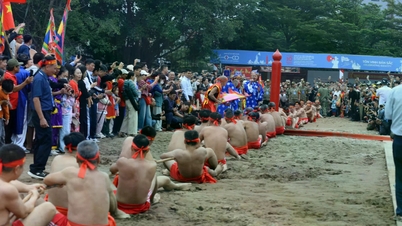

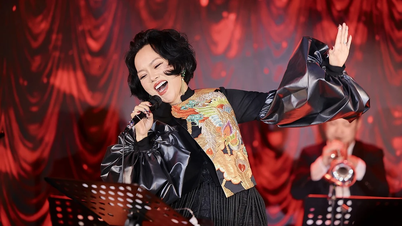



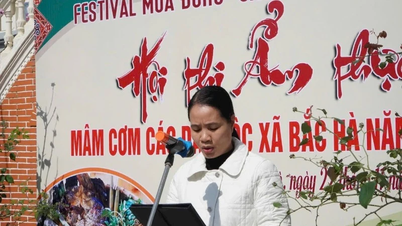
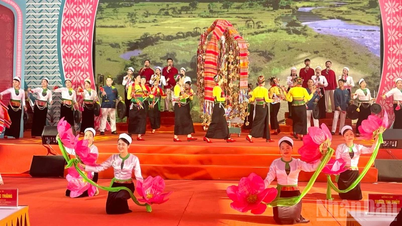


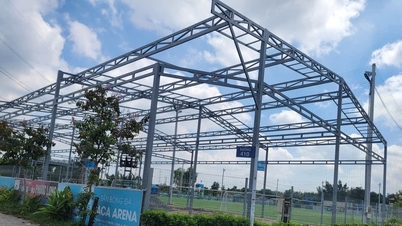




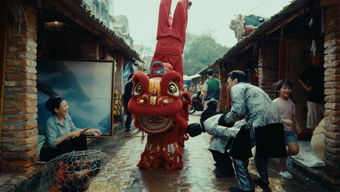

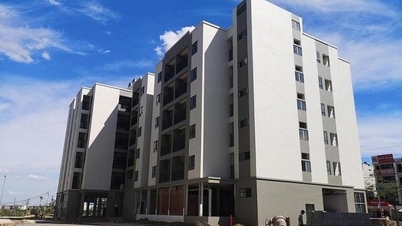
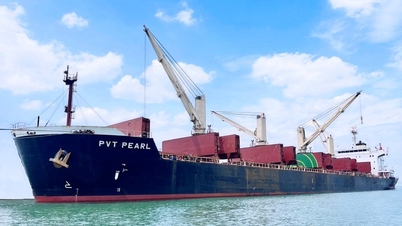


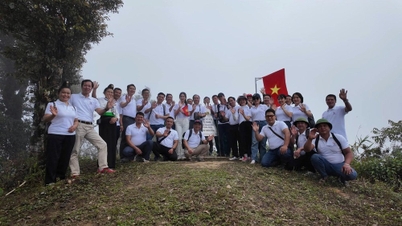

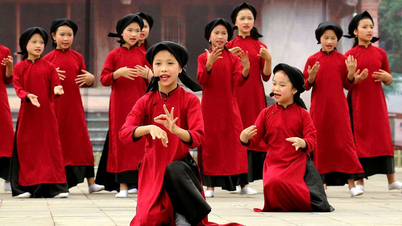
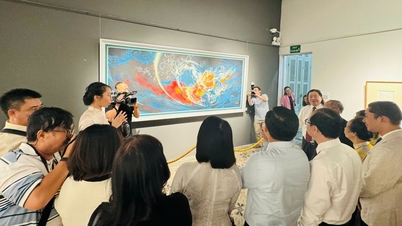

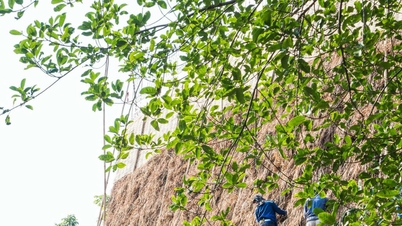


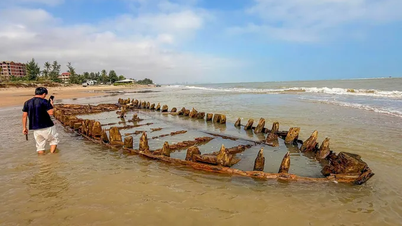

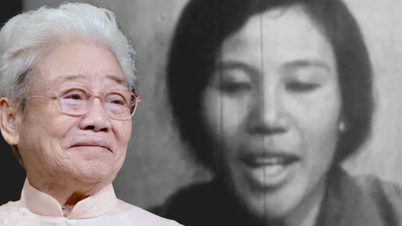

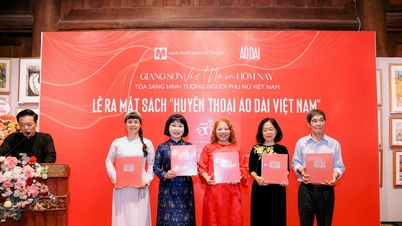
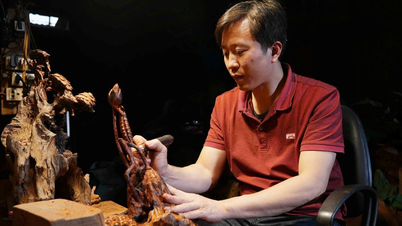
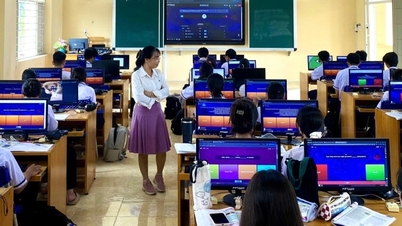

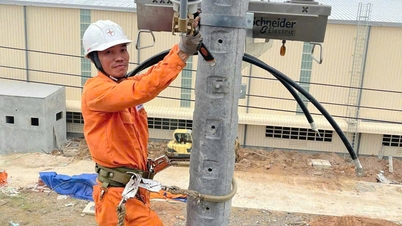

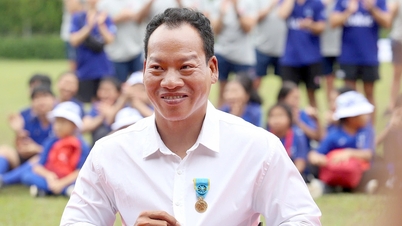
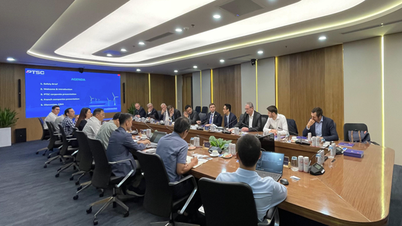

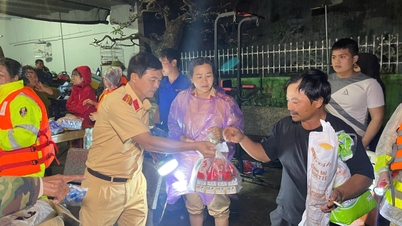


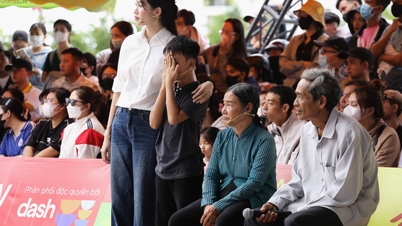
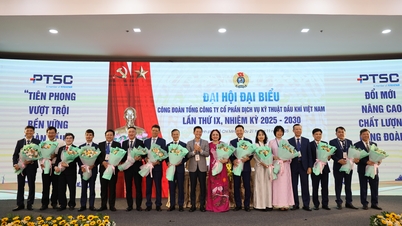
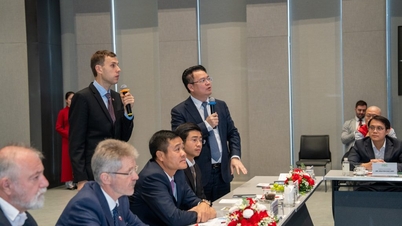

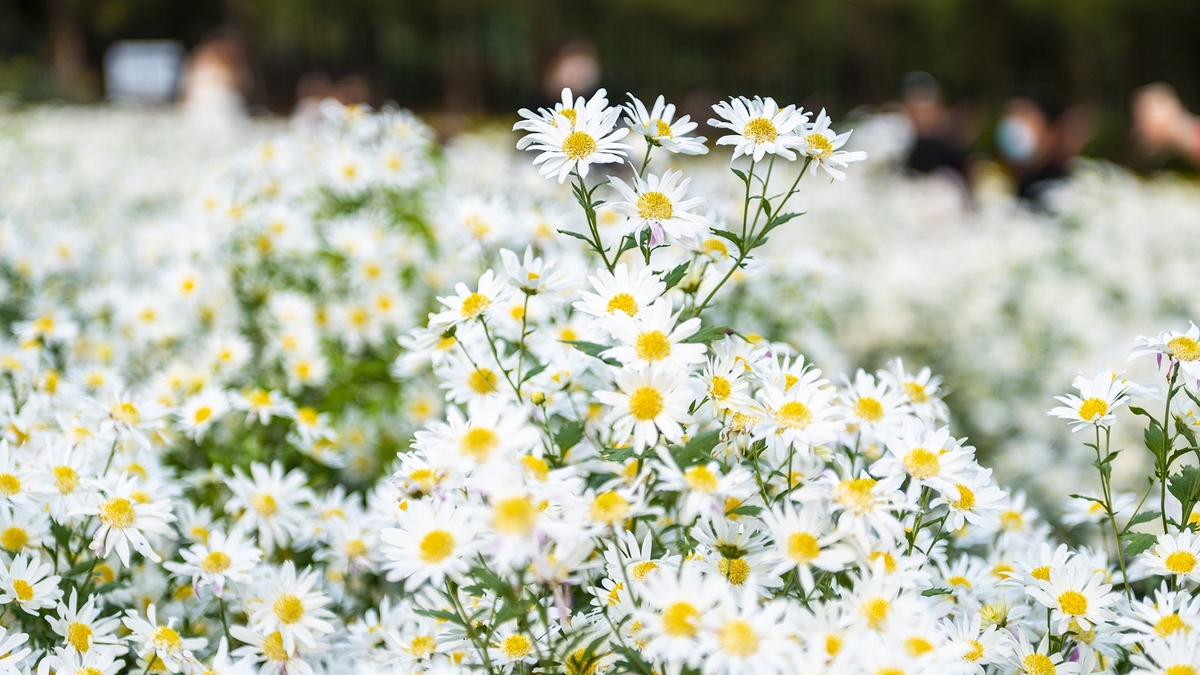

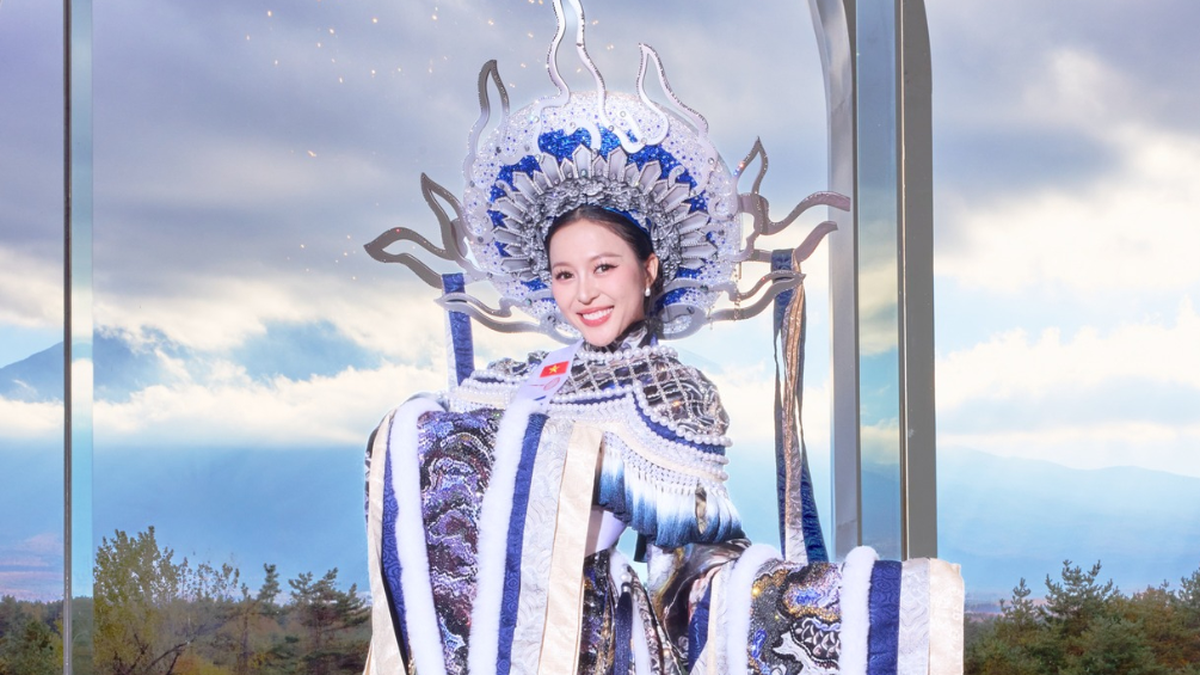
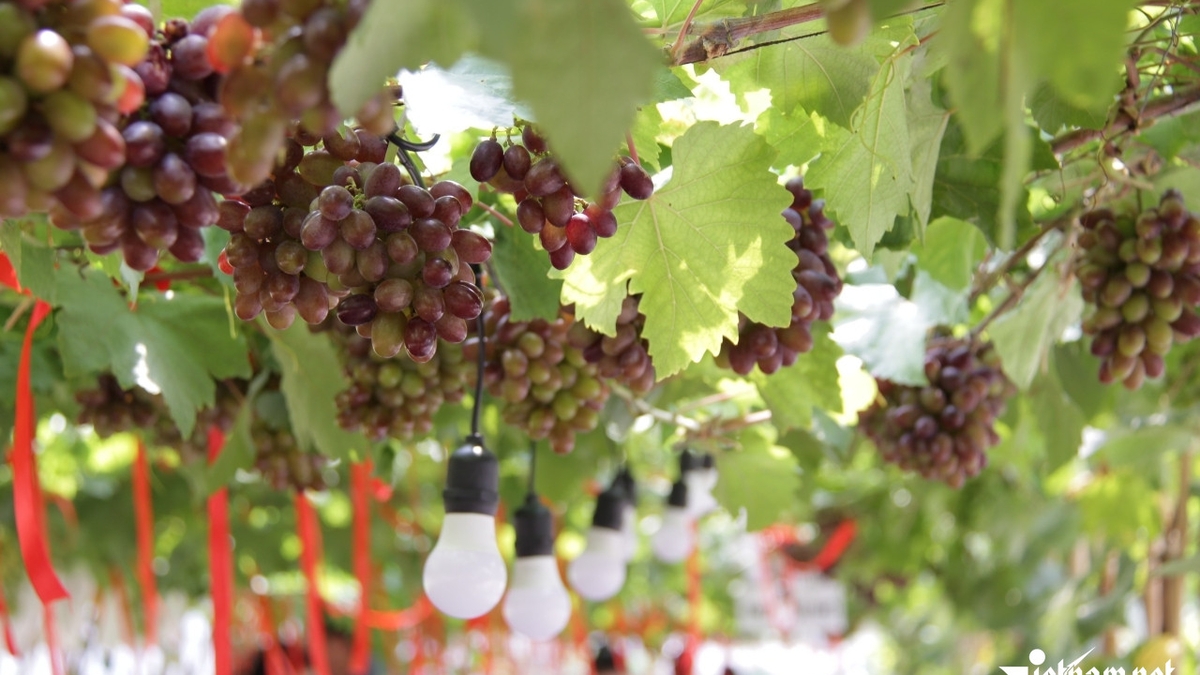
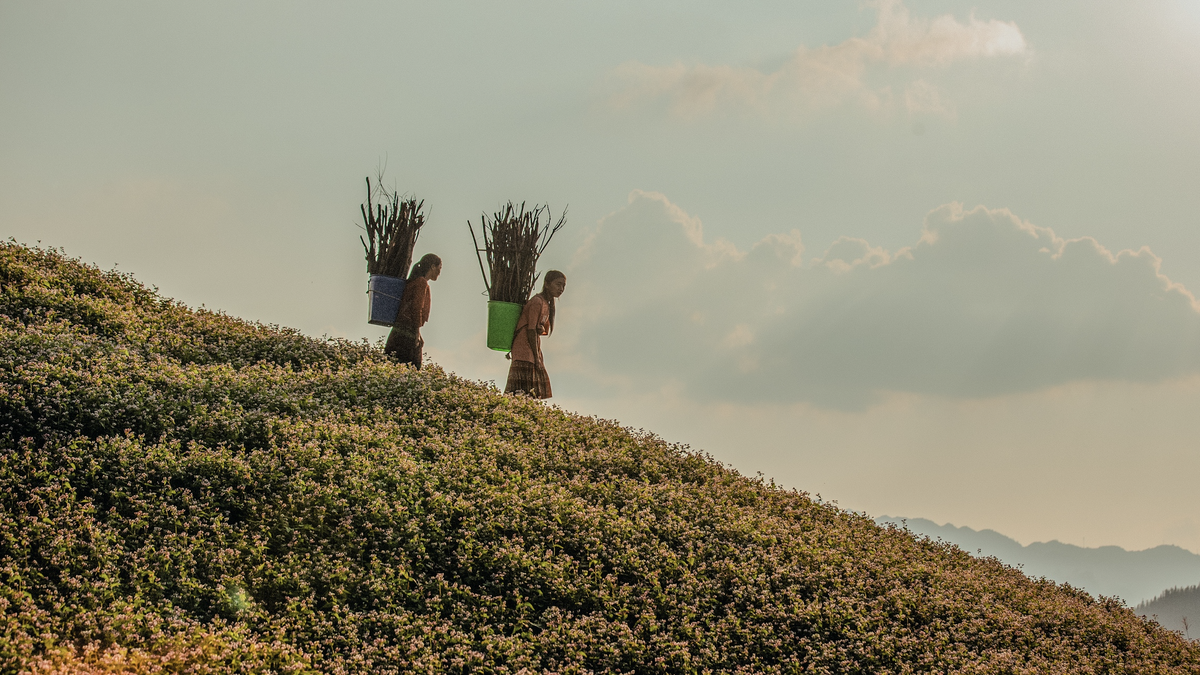
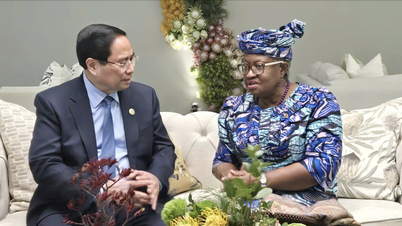

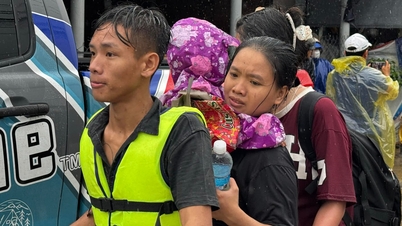
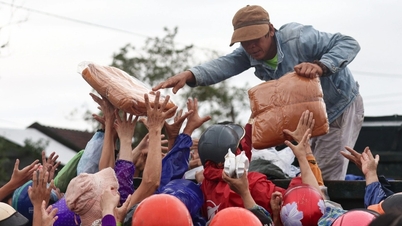
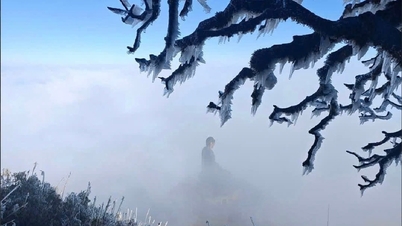

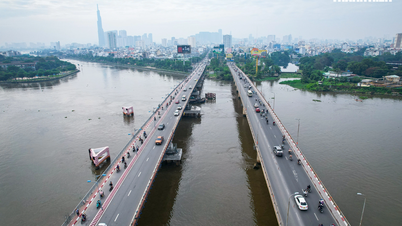
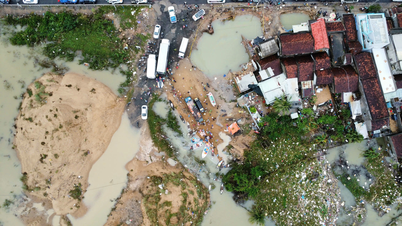
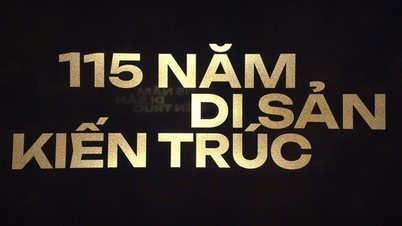

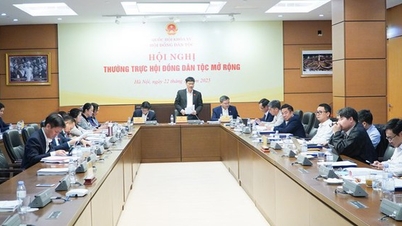
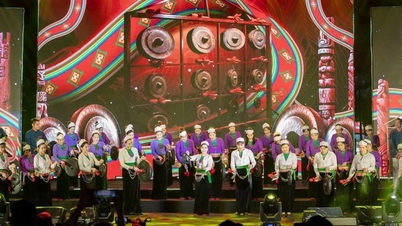


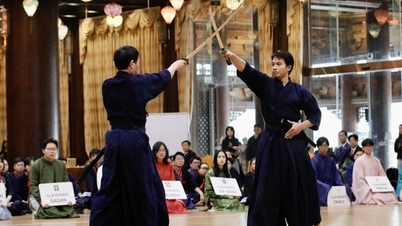
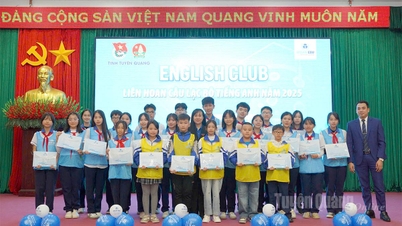

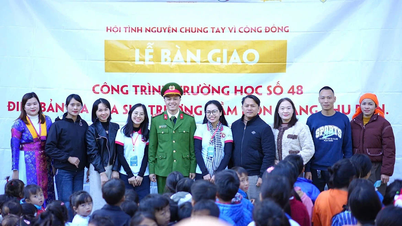
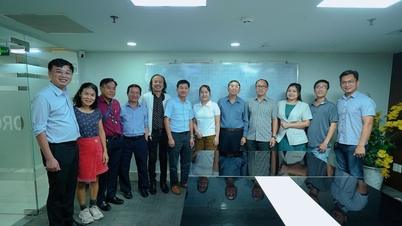

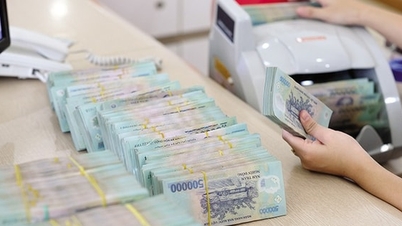



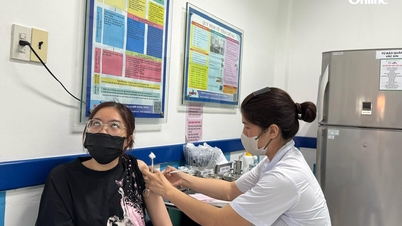

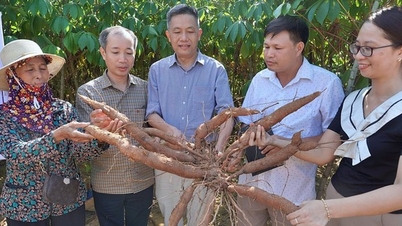


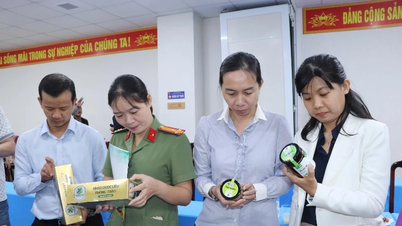
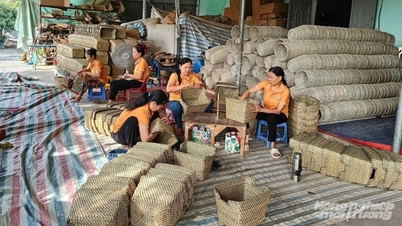

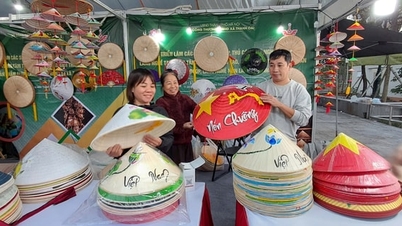
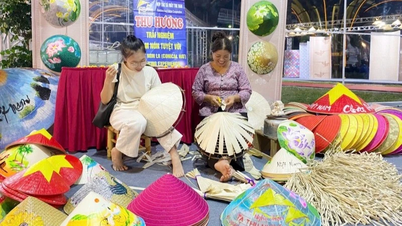

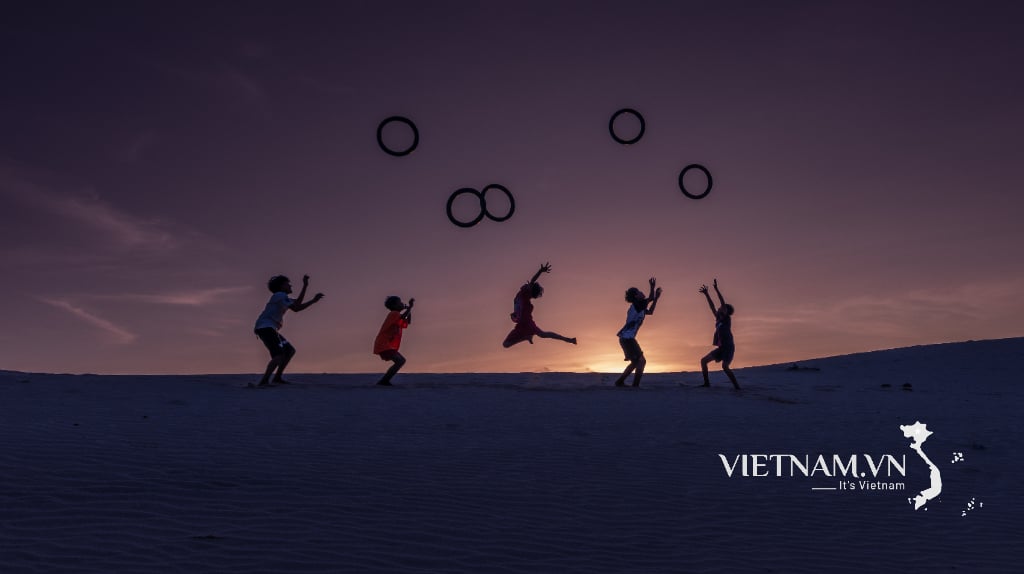



Comment (0)